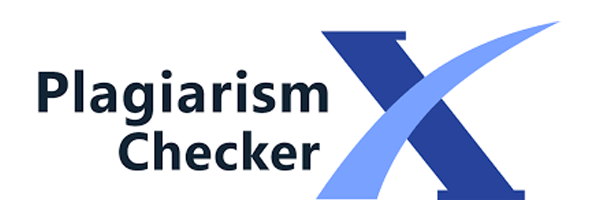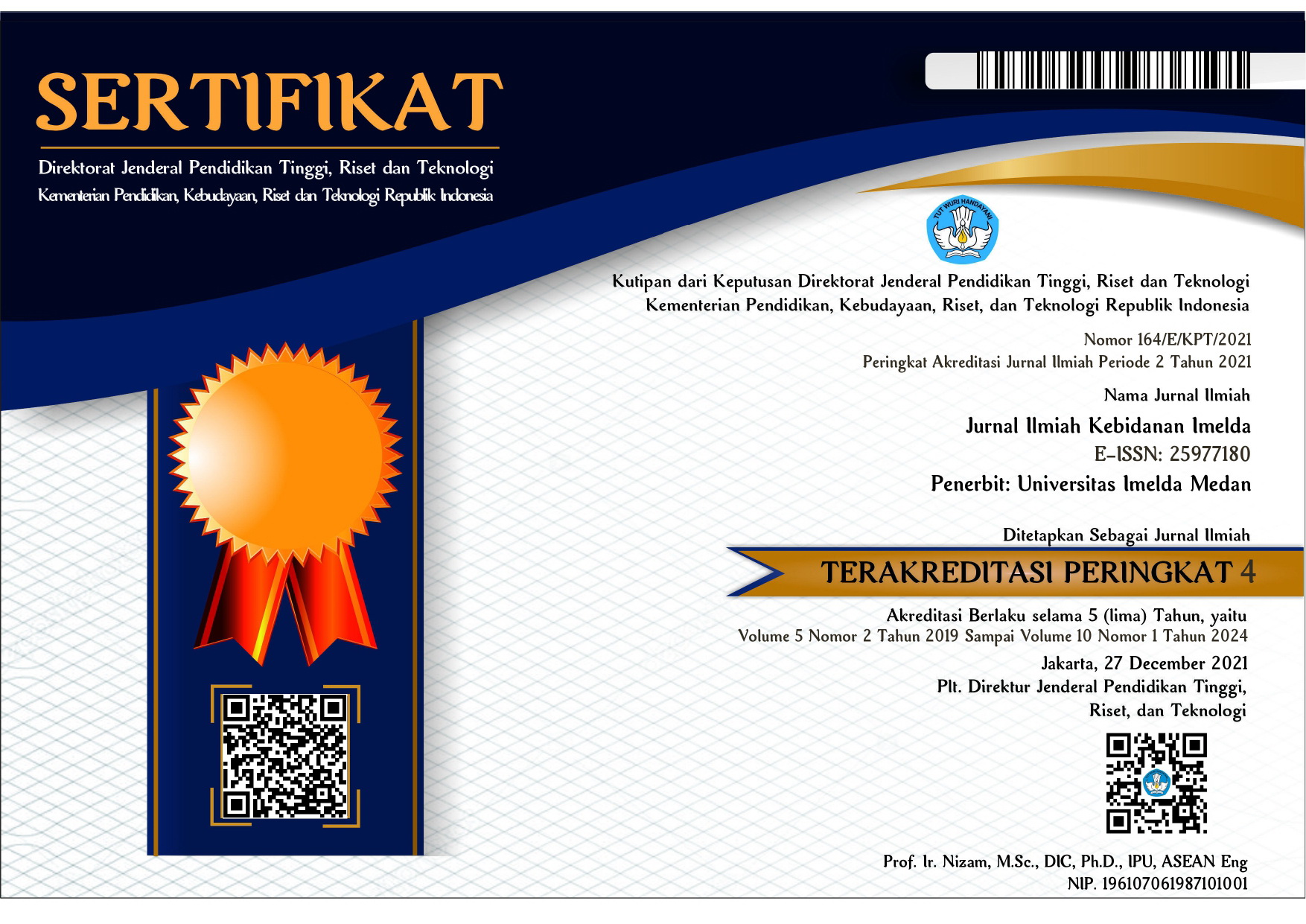PENGARUH KONSUMSI TELUR AYAM TERHADAP PENINGKATAN KADAR HAEMOGLOBIN DALAM REMAJA PUTRI DI SMAN 3 SIAK HULU
DOI:
https://doi.org/10.52943/jikebi.v8i1.785Kata Kunci:
Chicken Eggs, Hemoglobin, Young WomanAbstrak
Young women are more at risk of suffering from anemia due to menstruation so they need more iron than young men. The problem is teenage girls do not want to take Fe tablets, so they need alternatives to increase hemoglobin such as consuming chicken eggs. Chicken eggs contain various vitamins and minerals, including vitamin A and iron which are good enough to prevent anemia. This study aims to determine the effect of chicken egg consumption on increasing hemoglobin levels in young women at SMAN 3 Siak Hulu. Pre-experimental research design with one group pretest postest design. This research was implemented from January-August 2020. Samples were taken by simple random sampling technique of 14 respondents. The research instrument is observation sheet and Hb sahli. Data were analyzed using Dependent T test. The Hemoglobin level before consumption of chicken eggs is <12 gr / dl as much as 85.7%. After consumption of chicken eggs the hemoglobin level is ? 12 gr / dl as much as 57.1%. The average pretest Hb was 11,464 gr / dl (SD = 0.5444 gr / dl) and posttest Hb 12,307 gr / dl (SD = 0.6330 gr / dl). Dependent T test results showed that the influence of chicken egg consumption on increased hemoglobin levels in young women at SMAN 3 Siak Hulu (? = 0,000) <0.05. It is recommended for young women to consume one egg boiled eggs every day as an effort to prevent anemia in adolescents, especially teenagers who do not want to take blood-added tablets.
Referensi
Sibagariang, Gizi Dalam Kesehatan Reproduksi. Yogyakarta: TIM, 2012.
A. Proverawati, Ilmu Gizi Untuk Keperawatan dan Gizi Kesehatan. Yogyakarta: Nuha Medika, 2012.
B. Wirjatmadi, Peran Gizi Dalam Siklus Kehidupan. Yogyakarta: Kencana, 2012.
Riskesdas, “Riset Kesehatan Dasar,” Badan Penelitian dan Pengembangan Kesehata Kementerian Kesehatan Republik Indonesia., 2020. http://www.depkes.go.id.
D. K. Riau, “Profil Kesehatan Provinsi Riau Tahun 2018,” 2018. .
Wirakusumah, Menikmati Telur, bergizi, Lezat dan Ekonomis. Jakarta: PT. Gramedia Pustaka Utama, 2015.
T. J. Purba, G. G. Siregar, P. Ariani, P. A. Y. Ariescha, and K. N. Napitupulu, “Konsumsi Telur Ayam Rebus Terhadap Peningkatan Kadar Haemoglobin Ibu Hamil Trimester III Di Puskesmas Simarmata Kabupaten,” J. Penelit. Kebidanan Kespro, vol. 3, no. 1, pp. 57–62, 2020.
R. Sari, Y. Septiasari, F. Fitriyana, and N. Saputri, “Pengaruh Konsumsi Telur Terhadap Peningkatan Kadar Hemoglobin Pada Remaja Putri Yang Mengalami Anemia,” J. Wacana Kesehat., vol. 5, no. 2, p. 574, 2019, doi: 10.52822/jwk.v5i2.151.
D. Irianto, Pedoman Gizi Lengkap Keluarga Dan Olahraga. Yogyakarta: ANDI, 2017.
R. Putri, R. W., Khomariyah, N., & Retnaningsih, “PEMBERIAN TELUR AYAM REBUS PADA REMAJA PUTRI USIA 19 TAHUN YANG MENGALAMI ANEMIA DEFISIENSI BESI.,” J. Kesehat. Hesti Wira Sakti, vol. 4(2), pp. 60–67, 2017, [Online]. Available: https://jurnal.poltekkes-soepraoen.ac.id/index.php/HWS/article/view/142e.










